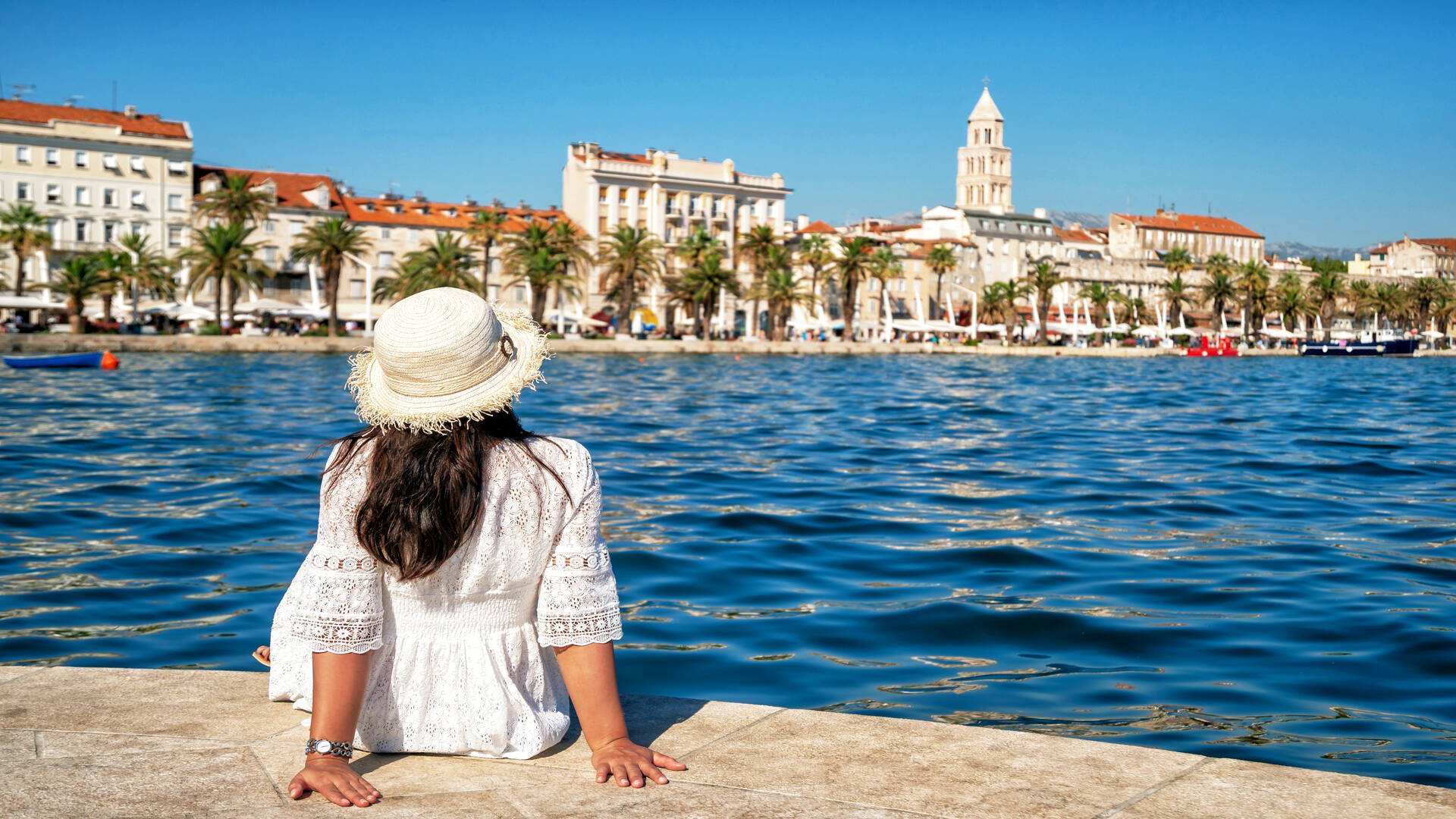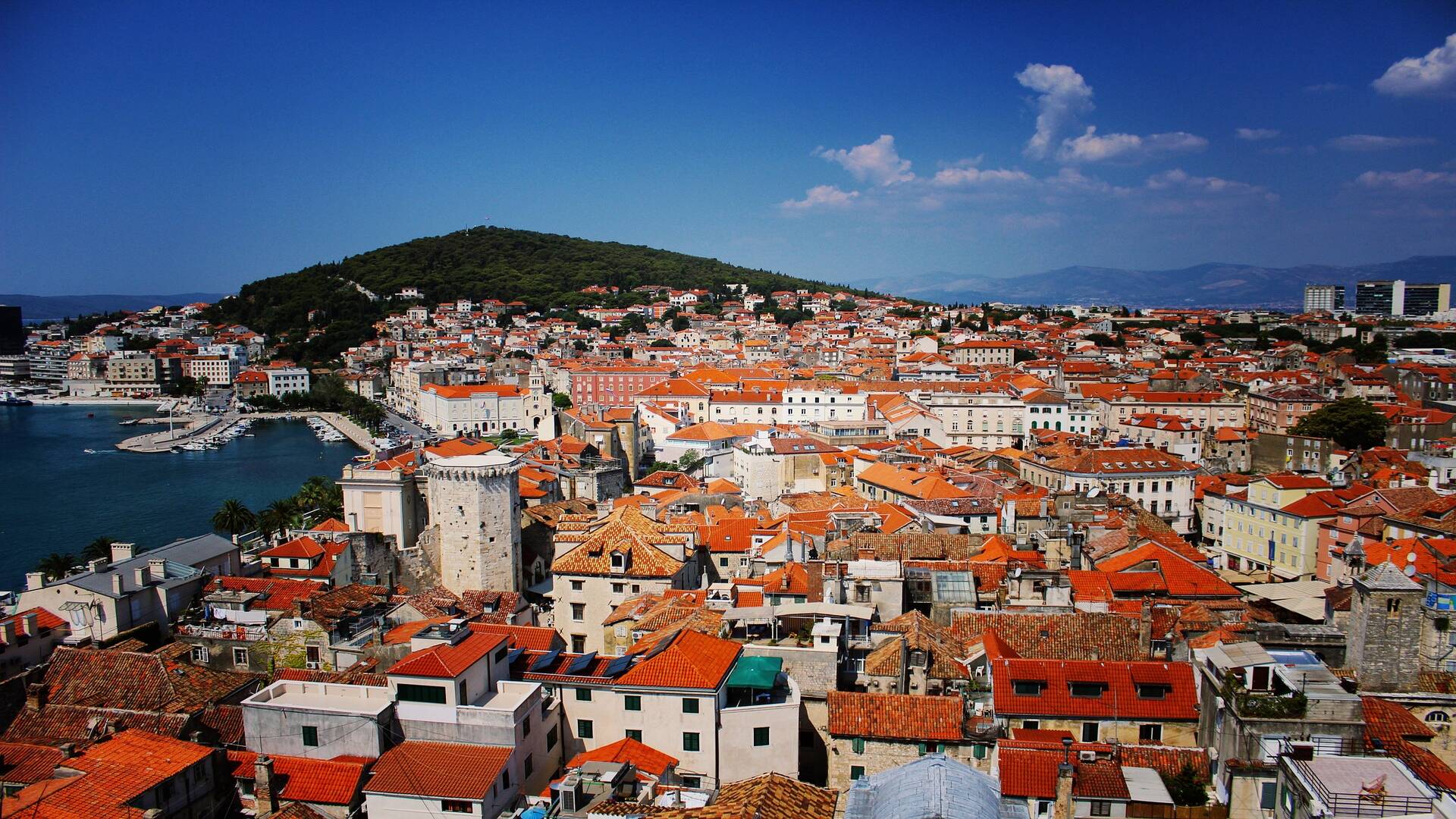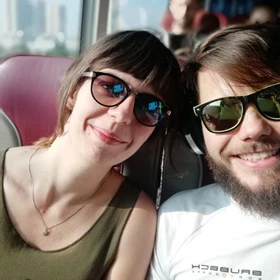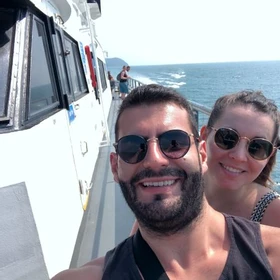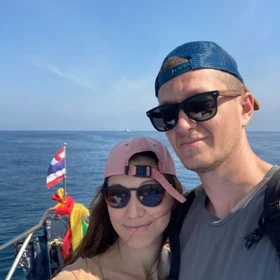About the Ride from Dubrovnik to Split
Getting from Dubrovnik to Split by Bus
Buses are the most affordable option for traveling and are a much better option for the environment. Pick-up and drop-off points are from easily accessible central bus stations.
Getting from Dubrovnik to Split by Ferry
The ferry cruises down the Dalmatian coast from Dubrovnik to Split. On the ferry, you will find comfortable seating, refreshments, and air conditioning, so you can relax and take in the beautiful sea views.
Getting from Dubrovnik to Split by Minivan
This private minivan can accommodate up to 8 passengers and offers greater flexibility in terms of departure times as well as pickup and drop-off times. Compared to other travel options, the minivan provides a more comfortable and convenient way to travel.
Getting from Dubrovnik to Split by Car
This private car can accommodate up to 3 passengers and offers greater flexibility in terms of departure times as well as pickup and drop-off times. Compared to other travel options, the car provides a more comfortable and convenient way to travel.
Attractions to Explore in Split
Split, Croatia has many must-visit destinations, including Diocletian's Palace, Cathedral of St. Domnius, Riva Promenade, Marjan Hill, Bacvice Beach, Peristyle, Split City Museum, and Jupiter's Temple. These attractions offer a glimpse into the city's rich history, culture, and natural beauty.
How to Get Around Within Split
Walking and using public transportation are the most popular and effective ways to get around Split. Biking and renting motorbikes are available but less popular because of narrow streets and heavy traffic. The terrain of the city is mostly flat, and the roads and sidewalks are well-paved and marked. Taxis and Ubers are available for those who would like, but renting a car is difficult because of the lack of parking.
When is the Best Time to Visit Split?
The best time to visit Split, Croatia, is during the summer months of June, July, and August when the weather is warm and sunny, and the sea is ideal for swimming and water activities. However, this is also the peak tourist season, so expect crowded beaches and higher prices for accommodation and tours.
Best beaches in Split
Split, Croatia has several beautiful beaches, including Bacvice Beach, Kasjuni Beach, Bene Beach, Trstenik Beach, Kaštelet Beach, Znjan Beach, and Jezinac Beach. These beaches offer a range of features, such as sandy or rocky shores, shallow or deep waters, and various facilities for families, snorkelers, and sunbathers.
Best National Parks in Split
Split, Croatia has several nearby national parks that are worth visiting, including Krka National Park with its famous waterfalls, Plitvice Lakes National Park with interconnected lakes and waterfalls, Paklenica National Park with rugged cliffs and canyons, and Biokovo Nature Park with its mountain range and stunning views of the coast. Each park offers a unique natural beauty and outdoor activities, such as hiking, swimming, and wildlife spotting.
Best food and drink to try in Split
Split, Croatia offers a rich culinary scene that blends Mediterranean and Central European influences. Must-try foods and drinks include Pasticada, black risotto, grilled fish, Dalmatian prosciutto, rakija, local wines, and creative cocktails.
Where to Get a SIM Card in Split
There are several places where you can get a SIM card in Split, Croatia.
At the airport, you conveniently can find SIM card providers, but these options are a bit more expensive when compared to what you will find in the city center. If this is your choice, consider exploring E-sims with a few easy clicks.
You can also find SIM cards at the ferry port, and convenience stores, as well as mobile network provider shops in major city centers including T-Mobile, A1, and Tele2.
When buying a SIM card, make sure to bring your passport or ID card as it may be required to complete the purchase. Additionally, make sure to ask about the available mobile data plans and their pricing, as well as any additional fees or charges.
Safety Tips While Traveling in Split
According to the UK government, crime rates in Croatia are low.
In general, when traveling it is important to keep valuables safe and be cautious of pickpockets. Drink responsibly and be aware of your surroundings, especially when in crowded or unfamiliar areas. Use caution when driving, as roads can be narrow and winding. Respect local customs and laws, and use common sense to stay safe and enjoy your trip.
How to Avoid Tourist Traps and Find Hidden Gems
Some of the best-hidden gems in Split, Croatia include Marjan Hill, Veli Varoš neighborhood, the Museum of Senses, Klis Fortress, and Galerija Meštrović. These off-the-beaten-path attractions offer a unique perspective on the city and are worth exploring for those seeking something different.
Tips for Traveling on a Budget in Split
Traveling on a budget in Split, Croatia is possible by visiting in the shoulder season, staying in hostels or Airbnb accommodations, using public transportation, eating like a local, taking free walking tours, visiting free attractions, and bargaining at local markets.
Tips for Avoiding Crowds in Split
To avoid crowds in Split, Croatia, consider visiting during the shoulder season, exploring lesser-known neighborhoods, taking day trips to nearby islands, avoiding popular attractions during peak hours, and booking accommodations away from the city center.
Best Ways to Experience Split's Nightlife
Experience a lively and diverse nightlife scene, with options including rooftop bars with stunning views, nightclubs, live music venues, bars and pubs within Diocletian's Palace, beach clubs, and pub crawls. With something for everyone, visitors can enjoy drinks, music, and dancing in Split's unique and vibrant atmosphere.
Best Spots for Diving and Snorkeling in Split
Split, Croatia has several great spots for diving and snorkeling, including Blue Hole on the island of Vis, Cape Kamenjak, Brac Island, Pakleni Islands, and Vranjaca Cave. These locations offer crystal-clear waters, underwater caves, and diverse marine life, providing opportunities for both beginners and experienced divers to explore the underwater world.
Covid-19 Restrictions in Croatia
According to the UK government, there are currently no travel restrictions for Croatia.
It is important to note that COVID-19 restrictions and guidelines are subject to change and vary by country. Before traveling to a new destination, it is recommended that you check the most up-to-date information on COVID-19 restrictions and guidelines for that specific country, as well as any entry requirements such as vaccination or negative test results. It is also important to follow local guidelines and practices to ensure your safety and the safety of others while traveling during the aftermath of the COVID-19 pandemic.
What Should I Do if I Encounter Issues With the Ticket That I Booked via Bookaway?
Bookaway is available 24/7 for any issues via email at support@bookaway.com. We can also be reached via Facebook Messenger.
For help with general questions that may have been asked before, we recommend browsing our Help Center: https://support.bookaway.com/hc/en-us
Is There a Car Ferry Available? Or Is This Only a Passenger Ferry?
At the moment, there are no Car Ferries available to transport cars across this route.
Can I Purchase a Ticket at the Ferry Station? Or Should I Purchase It in Advance?
To avoid any inconvenience during peak season, it's best to purchase your ferry ticket in advance. Although some providers may offer on-site purchases at the ferry station, availability is not guaranteed, making it a riskier option.
What to Expect
After exploring the beautiful Renaissance architecture of Dubrovnik, you may be looking to travel further up the Dalmatian coast, and a must-see destination on this route is the city of Split. Split is full of history due to its ancient Roman architecture, with the Diocletian’s Palace being a major attraction. Split is also a great place to learn about Croatia’s culture including their traditional music and love of football.
What to see when traveling from Dubrovnik to Split
The relatively short travel time between Dubrovnik and Split means you will not waste a whole day on the journey and can enjoy a relaxing morning in Dubrovnik while still being able to take in the sights of Split that evening. With the journey from Dubrovnik to Split being the most popular route on the Croatian coast, it is good to know that there are many great things to see between these two beautiful cities.
If you are journeying by land between Dubrovnik and Split, there are plenty of interesting sights to see from the window or stop at for further exploration. Some worthwhile locations between Dubrovnik and Split include the tomb of King Arthur in Podstrana, the Cetina River, the picturesque town of Ston with its smaller companion town of Mali Ston, and the stunning beaches on the Makarska Riviera.
Crossing the border when traveling from Dubrovnik to Split
Since the Peljesac Bridge was opened in 2022, there is no more need to cross via the border, saving plenty of time. Alternatively, there is a high-speed ferry to avoid the border altogether.
Split and Dubrovnik are located on either side of the Bosnia and Herzegovina border at Neum. In the past, this required two crossings of the border, one in and one out, which are a 10-minute drive apart. Today, this is no longer relevant.
If for some reason you choose to take an extended journey and stop along the way, the crossing requirements should be straightforward when you are traveling in a private car as your driver will have the correct documents. It is advisable to have your passport or ID card on you for checking. If you are traveling across the border during peak summer months, you could be expecting delays that increase your journey time to 4 or 5 hours. There are inland routes your driver may be aware of to avoid delays on the popular coastal route.
If in doubt, ask your car operator for more information on border crossing requirements.
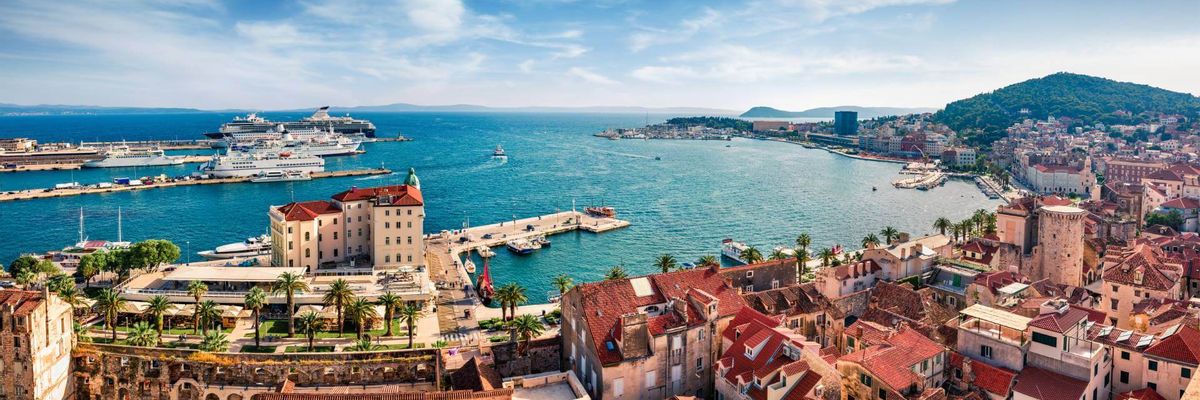








/18.0858611,42.6587065,14,0/550x320?access_token=pk.eyJ1Ijoib21lcmNoZWhtZXIiLCJhIjoiY2thZTR4MG81MDU5bDJ5dGV2NDNhNHlkMSJ9.9h931wqSFsBrSExe0xa6eQ)

/16.4405343,43.5046822,14,0/550x320?access_token=pk.eyJ1Ijoib21lcmNoZWhtZXIiLCJhIjoiY2thZTR4MG81MDU5bDJ5dGV2NDNhNHlkMSJ9.9h931wqSFsBrSExe0xa6eQ)

